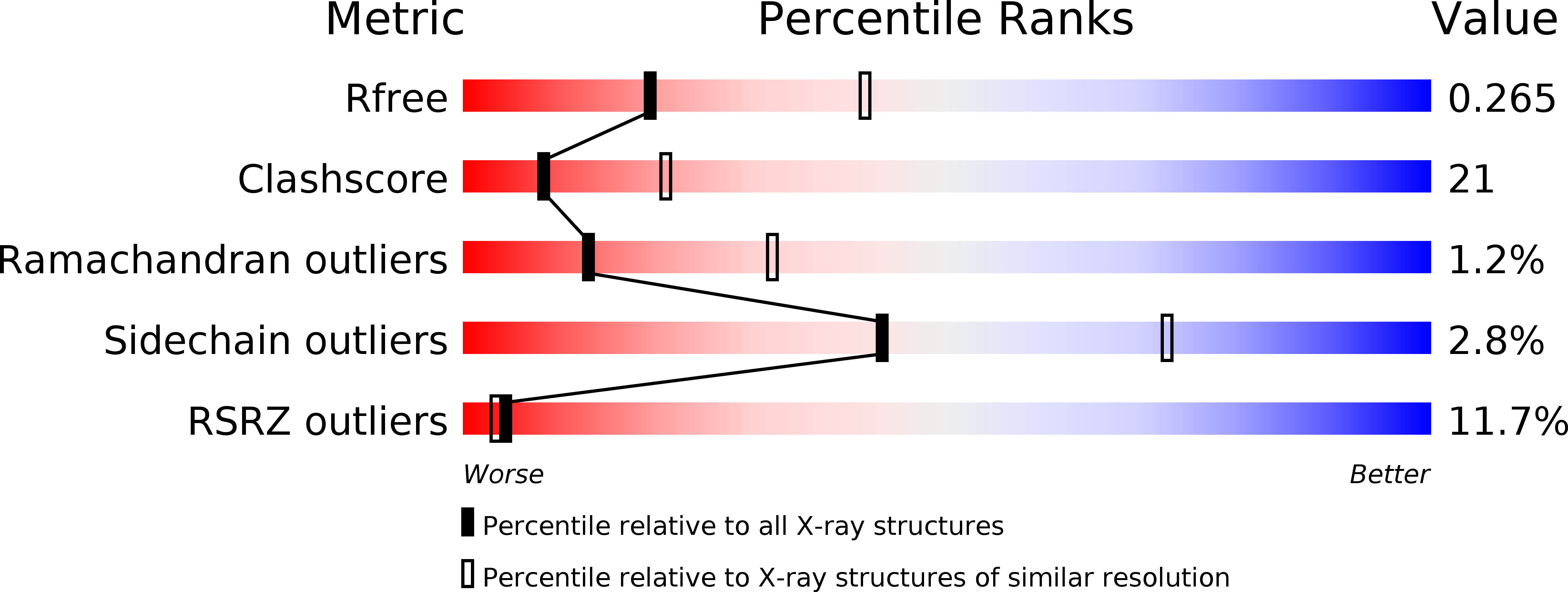
Deposition Date
2019-10-23
Release Date
2020-03-04
Last Version Date
2024-01-24
Entry Detail
PDB ID:
6T7Y
Keywords:
Title:
Structure of PCNA bound to cPIP motif of DP2 from P. abyssi
Biological Source:
Source Organism:
Pyrococcus abyssi (strain GE5 / Orsay) (Taxon ID: 272844)
Pyrococcus abyssi (Taxon ID: 29292)
Pyrococcus abyssi (Taxon ID: 29292)
Host Organism:
Method Details:
Experimental Method:
Resolution:
2.70 Å
R-Value Free:
0.26
R-Value Work:
0.18
R-Value Observed:
0.19
Space Group:
H 3


